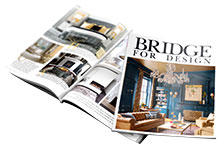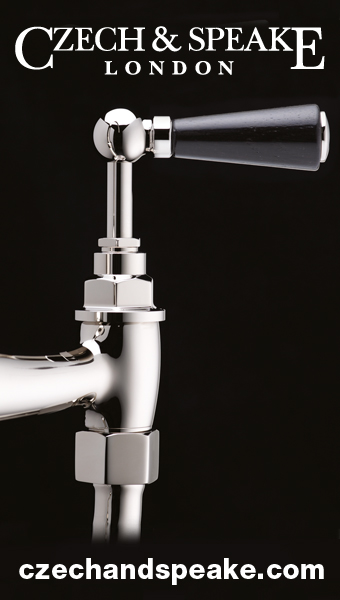The visually compelling “Madmen” television series may be over, but the characteristics of the mid-century modern interior and furniture designs that it showcased not only endure to this day, but also continue to thrive. A quick look back at the evolution, ideas, and dominant designers of this era makes clear why the distinguishing qualities of many mid-century modern furniture designs are as relevant and influential now as they were in the 1950s and ’60s, when they first came to market.
Foremost among the ideas that influenced the furniture of this period was the fusion of art and design. Just as the Industrial Revolution transformed most furniture into a commodity, this notion enabled the shapers of the mid-century modern movement to once again celebrate craftsmanship as a wide array of artisans, artists, and sculptors began exploring furniture design. Paul McCobb, a design icon of this era, for example, trained as a fine artist. Isamu Noguchi, another widely recognized mid-century modern master, started his career an assistant to the sculptor Constantin Brâncuși. Other well-known designers, such as Harry Bertoia and Wharton Esherick, were also sculptors. And George Nakashima, known for his signature large-scale tables made of large wood slabs with smooth tops and unfinished natural edges, preferred to be called woodworker to designer. The sculptural quality of three dimensionality these men exhibited in their work was reflected in the sinuous, fluid, and organic forms they created. The dominance of abstract art at this time was also mirrored in the abstract shapes and striking colors of their new designs. Like the major players of that era, numerous artists, fashion designers, and architects today are similarly crossing over disciplines and creating new exciting furniture designs.
Another strong influence that helped define the key characteristics of mid-century Modern furniture design was the development of new post-World War II technologies. Among the materials that emerged from these new technologies were plywood, fiberglass, injection molded thermo-plastic, scrap aluminum, and foam, which designers readily embraced and incorporated into their designs. World War II also exposed American designers to the Bauhaus and International Style movements percolating overseas and their influences are clearly visible in the furniture that emerged in the decades that followed. In a similar way, computers, the Internet, and digital technologies are having a profound affect on furniture design today. From the methodology of rapid prototyping to new materials like carbon fiber and products like LED lighting, the possibilities with new methods and materials have exploded.
Also fueling mid-century modern creativity was a sense of optimism after the war—and this was reflected in the exuberance of many new designs of the era. Some of the prominent manufacturers at that time, such as Knoll, Dunbar, and Directional, were also interested in bringing good design to the masses. Design became accessible not only financially, but intellectually and emotionally as well. Today, there is a similar general optimism since the dark days of the Great Recession. And once again furniture manufacturers are seeking to capture more sophisticated buyers with designs that appeal to the eyes, heart, and bottom. In other words, they want to produce pieces that look good, appeal emotionally, and sit comfortably.
Like many of the important mid-century modern designers, I came to my career through painting and drawing. At Pratt, I trained as an industrial designer. At that time, the Bauhaus and Abstract Expressionism were still the major underpinnings of the curriculum. Designers like Milo Baughman, Paul Evans, and Paul McCobb were in their prime and served as major influences on my designs. My preference for wood and craftsmanship led me to spend most of my time in the shop honing my skills as a woodworker. I also had (and still have) a strong belief that functionality does not preclude fine art, and this belief is expressed in my work.
Recently at the High Point market, I had an opportunity to introduce my newest collection of furniture manufactured by Tomlinson. It is named after Palm Springs since the pieces in the line exude the same clean, simple, informal, tailored, layered, and elegant character that the place does. Within the collection, individual pieces are named after some of the architects, writers, and actors who worked or lived there—I wanted to bring a kindred vitality and style to the collection that they brought to Palm Springs. I also wanted the line to express intonations of the mid-century modern influences that have shaped my point of view and mix them with a fresh spirit of modernism that is emerging in the new century. It’s inspiring to see elements of the not-so-distant modernist past morph beautifully into the future—and to be a part of its continuing legacy.







